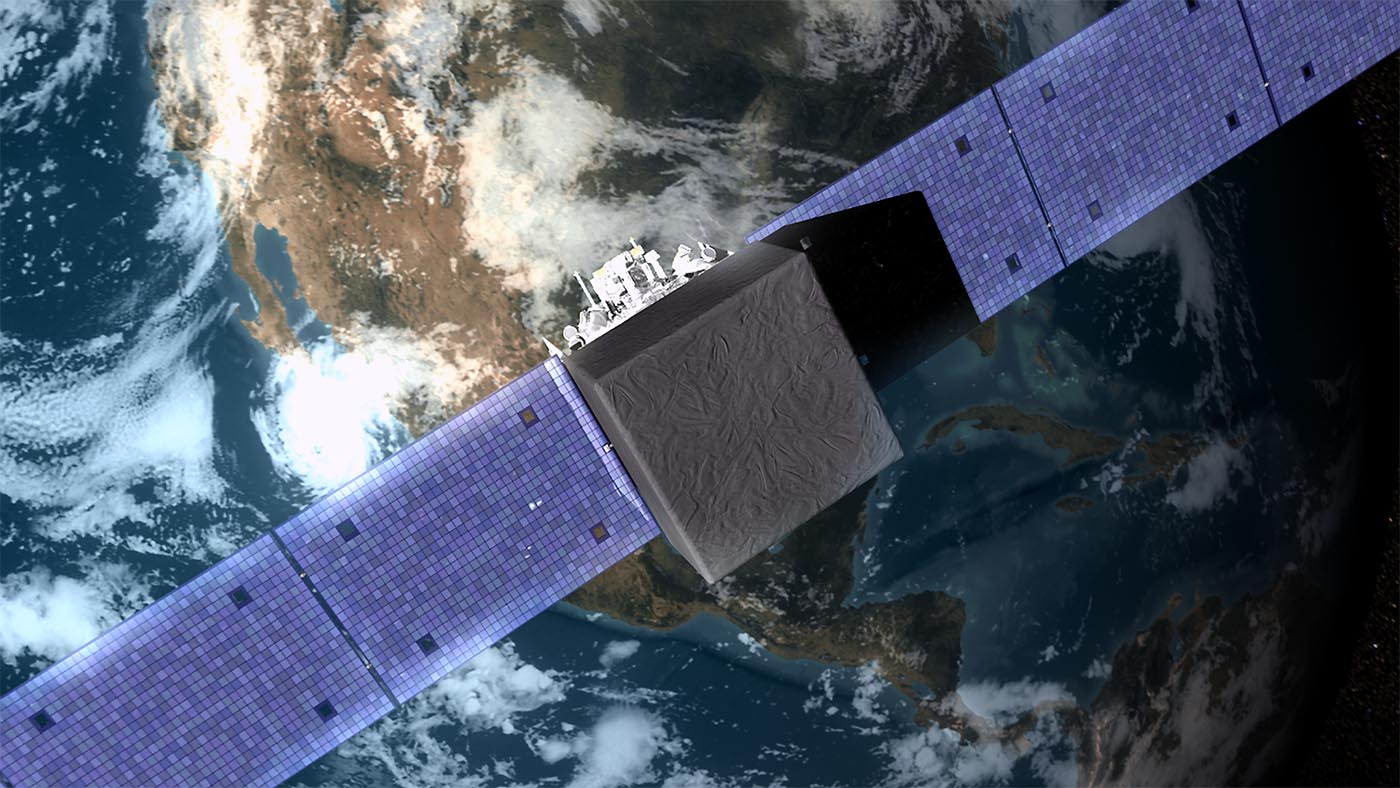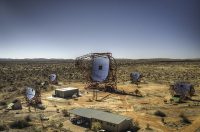An illustration of NASA’s Fermi Gamma-ray Space Telescope orbiting Earth. ( NASA’s Goddard Space Flight Center Conceptual Image Lab)
Home An illustration of NASA’s Fermi Gamma-ray Space Telescope orbiting Earth. ( NASA’s Goddard Space Flight Center Conceptual Image Lab) An illustration of NASA's Fermi Gamma-ray Space Telescope orbiting Earth. ( NASA's Goddard Space Flight Center Conceptual Image Lab)



